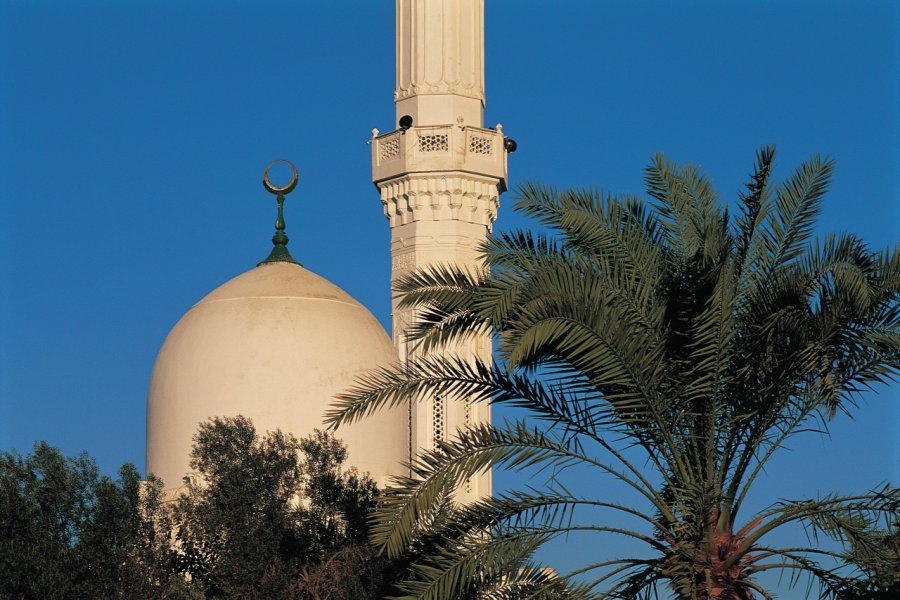Travel Guide El-Kharga
Find an accommodation
Advertising
The Ministry of Foreign Affairs formally advises against printing this guide. Kharga was once the last and only stop on the Forty-Day Road, the infamous slave-trading route between tropical North and South Africa. Today, it's the largest oasis in the New Valley. With its concrete housing estates and wide, windswept avenues lined with buildings with sad facades, El-Kharga immediately announces itself as a new city, more concerned with developing the land of the New Valley than cultivating ancient traditions. This desolate image is countered only by the few mud-brick houses of the old settlement, which still retain a touch of the picturesque. The massive influx of land-seeking settlers and Nubians expropriated during the construction of the Aswan Dam has ultimately damaged El-Kharga's cultural identity. But while it may be the least appealing of the five oases, it still retains a number of assets that make it well worth a visit. Traces of its past are still clearly visible in the presence of a temple dedicated to Hibis (the most important temple in the oases). A visit to the magnificent Christian necropolis of Bagawat will surely not leave you unmoved. The history of El Kharga is interesting, as it was from here that, around 564 BC, Cambyses set out with an army of 50,000 men towards Siwa and was swallowed up by the Great Sand Sea.
What to visit El-Kharga?
Advertising
Suggested addresses El-Kharga
Weather at the moment
Advertising
Organize your trip with our partners El-Kharga
Transportation
Book your plane tickets
Car Rental
Boat rental
Accommodation & stays
Find a hotel
Holiday rental
Find your campsite
Tailor-made trip
Immersion travel
Services / On site
Activities & visits
Find a doctor
Find unique Stay Offers with our Partners
Pictures and images El-Kharga
Other destinations nearby El-Kharga
100 km away








